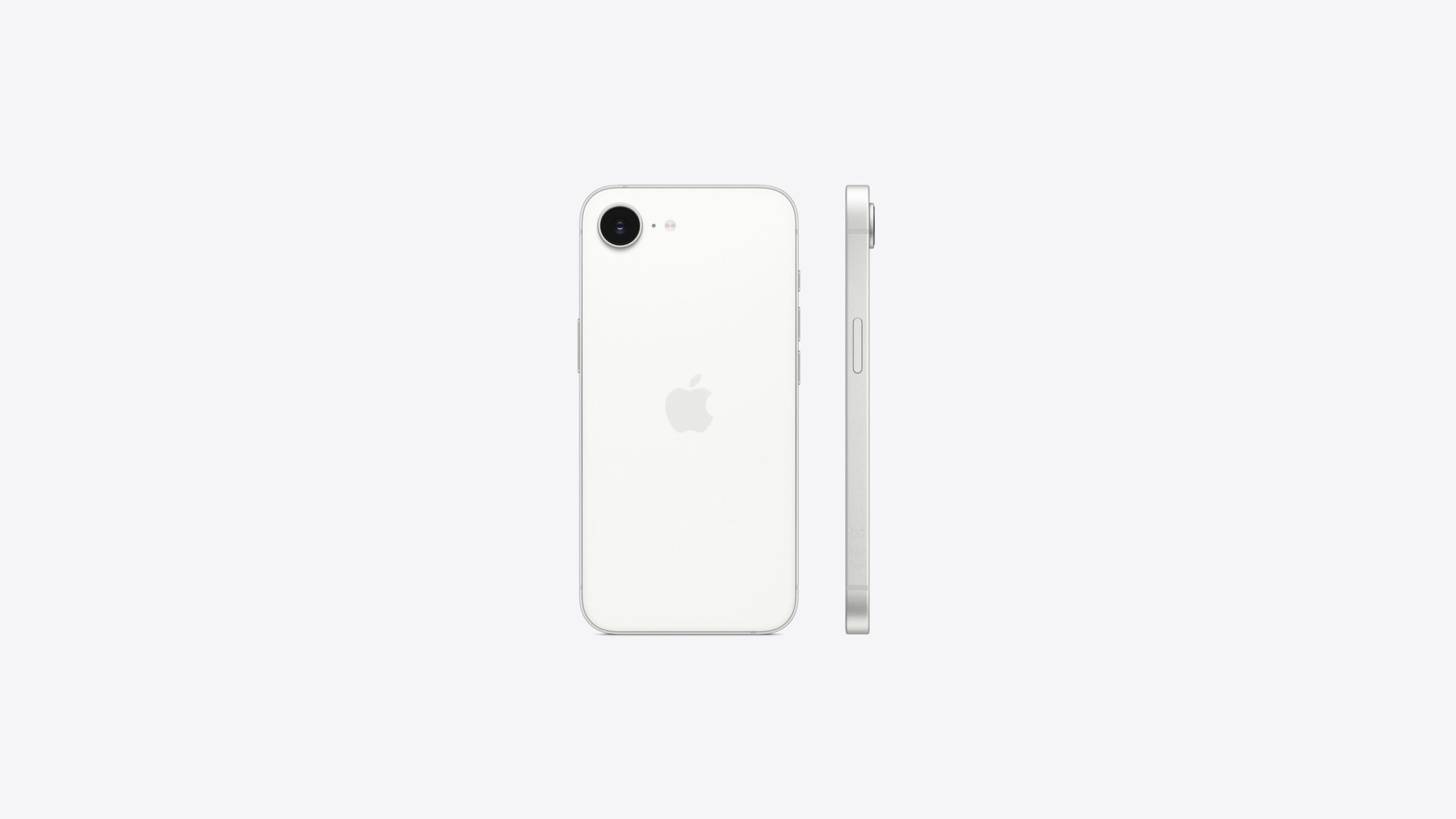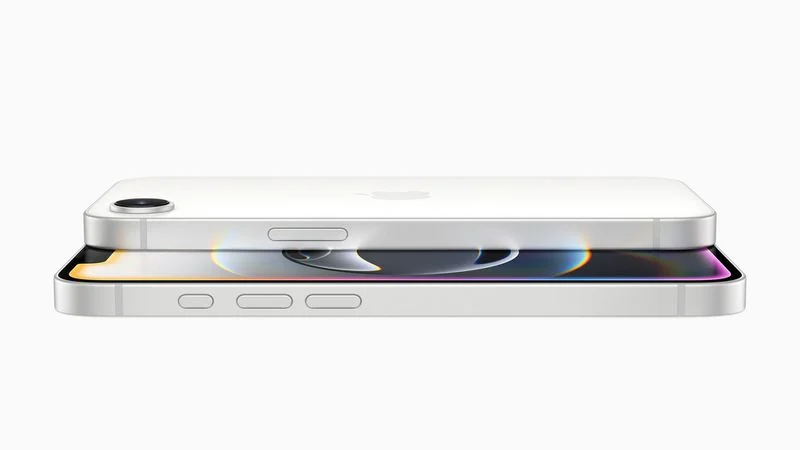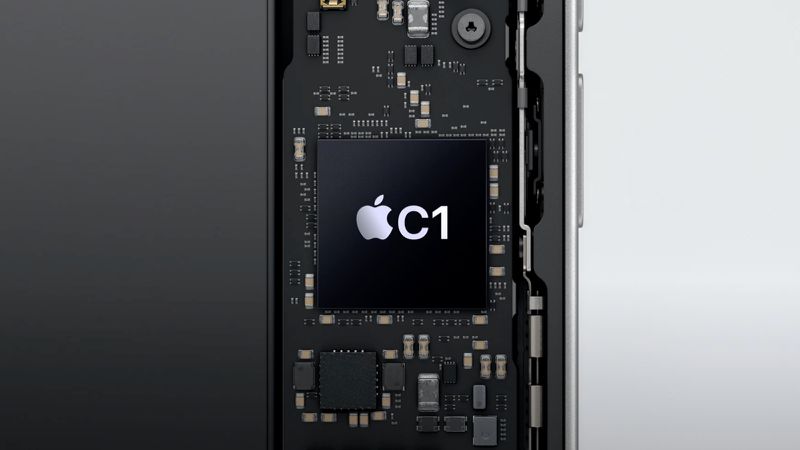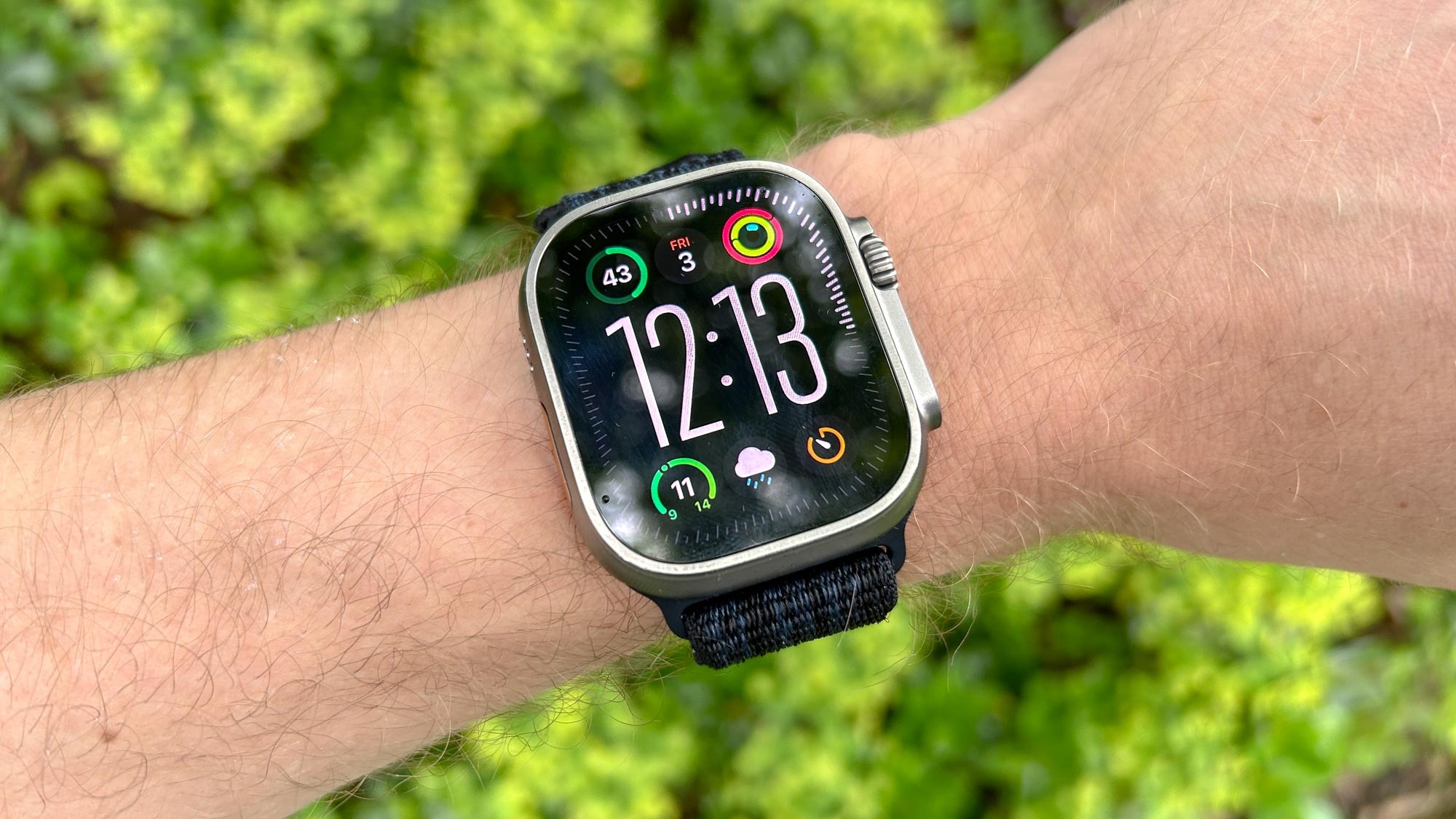Apple dropped a fresh iPhone 16 Pro advertisement this weekend, and it’s a real treat. To showcase the Audio Mix feature, they filmed a music video using the new iPhone, blending it with the lively spirit of the Brazilian Carnival.
A Carnival Vibe for the iPhone 16 Pro
The track, “Brasil em Cena,” sung by Brazilian artist Nilze Carvalho and composed by Jair Oliveira, brings energy to the ad. Apple says the video “honors Brazilian cinema with one of the world’s most exciting music styles” and pays respect to Brazil’s rich culture, where Carnival and movies come together for a memorable tale.
The Audio Mix tool lets iPhone 16 and 16 Pro users tweak sound in cool ways. You can quiet down noises or voices that aren’t in the shot, cut out background echoes, or shift all voices to sound like they’re coming from the front for a movie-like effect. Plus, you can adjust the audio even after recording.
In Brazil, this ad aired on TV during the 2025 Oscars, where the country cheered its first-ever win with “I’m Still Here” taking the Best International Feature Film award.
Carnival Fun on Apple’s Brazilian Site
To keep the Carnival party going, Apple spruced up its Brazil website with a festive look. Products like the new iPhone 16e and AirPods 4 pop up with confetti all around. They’ve also added a special Carnival playlist section on Apple Music for fans to enjoy.
Apple’s Carnival Tradition
This isn’t Apple’s first Carnival-inspired ad. They’ve done it before, like with the iPhone 7 Plus and iPhone X promotions, showing their love for Brazil’s colorful celebration.
With this latest ad, Apple mixes cutting-edge tech with Brazil’s joyful vibes, making the iPhone 16 Pro stand out in style.









